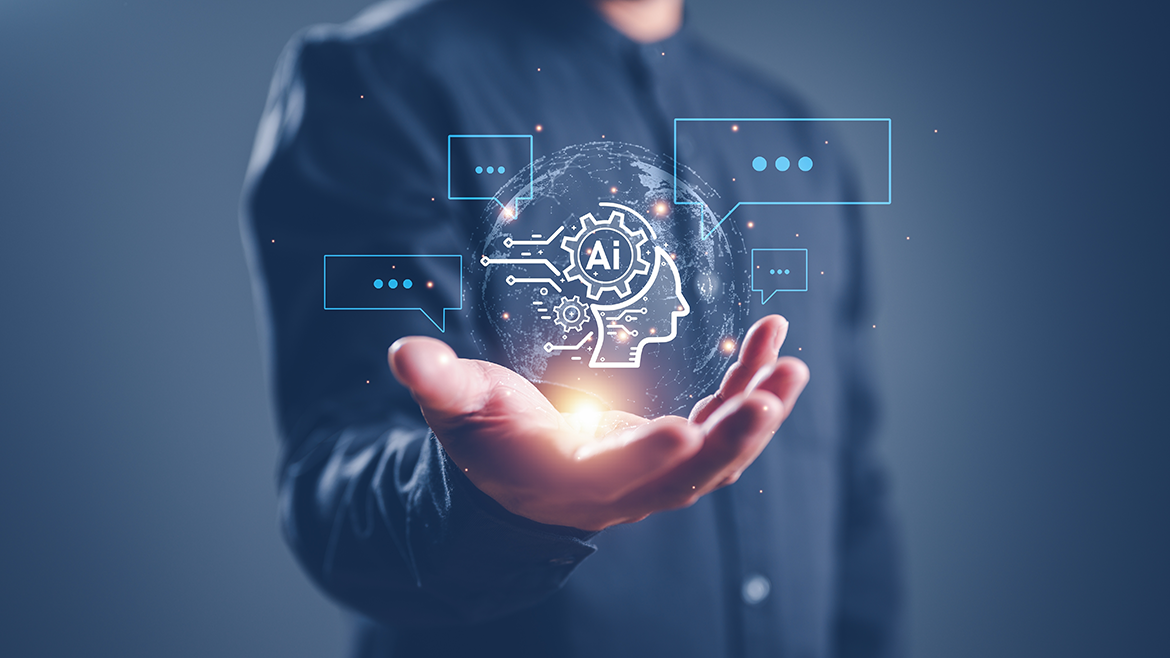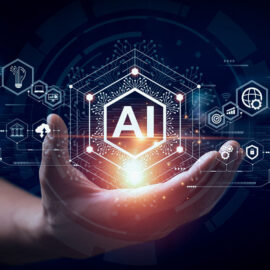
Imagine stepping into a world where machines can learn, create, and even think. This is artificial intelligence (AI), a field as intriguing as it is broad, spanning from your smartphone’s virtual assistant to systems that diagnose diseases with greater accuracy than human doctors.
What is Artificial Intelligence?
At its core, AI is the art of making machines intelligent. But not just any smart — we’re talking about the ability to perform tasks that typically require human intelligence. This includes understanding language, recognizing patterns, solving problems, and even creating art. AI is like teaching computers to be a little more like us, minus our penchant for caffeine and cat videos.
Example: Voice assistants like Siri and Google Assistant use AI to understand and process natural language, enabling them to respond to user queries, play music, set reminders, and even control smart home devices.
Narrow AI: Specialized Intelligence in Action
Narrow AI, aka weak AI, refers to AI systems designed for a specific task. Unlike general AI, which has broader aspirations, narrow AI operates within a predefined range or context. Most of the AI applications we see today are examples of narrow AI.
Examples:
- Recommendation Systems: Platforms like Netflix and Spotify use narrow AI to analyze your viewing or listening habits and recommend movies, TV shows, or music tailored to your preferences.
- Fraud Detection: Financial institutions leverage narrow AI to monitor real-time transactions, identifying patterns indicative of fraudulent activity and alerting customers to suspicious actions.
The Dream of General Artificial Intelligence
General artificial intelligence (AGI) represents the future where machines don’t only excel at specific tasks but also possess broad, human-like intelligence capable of learning and adapting to any intellectual task a human can. We’re not there yet, but it’s a fascinating prospect that stirs excitement and debate.
The Magic of Generative Artificial Intelligence
Generative AI refers to AI’s ability to create new, original content — be it text, images, music, etc. — that didn’t exist before. From apps generating new recipes to systems creating realistic images from text descriptions, generative AI showcases the creative potential of machines.
Example: GPT-3, a large language model, can generate human-like text based on prompts, aiding in content creation, coding, and even composing poetry.
Large Language Models: The Giants of Text
Large Language Models (LLMs) like GPT-3 are trained on vast datasets to understand and generate language in a way that feels eerily human. These models can write essays, summarize texts, and engage in conversations, bridging the gap between human and machine communication.
Machine Learning & Deep Learning: The Brain Behind AI
Machine learning, a subset of AI, allows machines to learn from data and improve over time. Deep learning, a further specialization, uses neural networks to examine data, spot patterns, and make decisions, mimicking the human brain’s workings.
Example: Image recognition apps use deep learning to identify objects, faces, and scenes in photos, becoming increasingly accurate as they process more data.
Neural Networks: Simulating the Human Brain
Neural networks, the base building blocks of deep learning, are computer models designed to simulate how the human brain analyzes and processes information. These networks enable AI to perform tasks like language translation, medical diagnosis, and more with remarkable precision.
Wrapping It Up
From the specialized capabilities of narrow AI to the creative potential of generative AI and the underlying technologies of machine learning and neural networks, AI is not just a glimpse into the future; it’s shaping our present in ways we’re just beginning to explore.
Continue the discovery:






